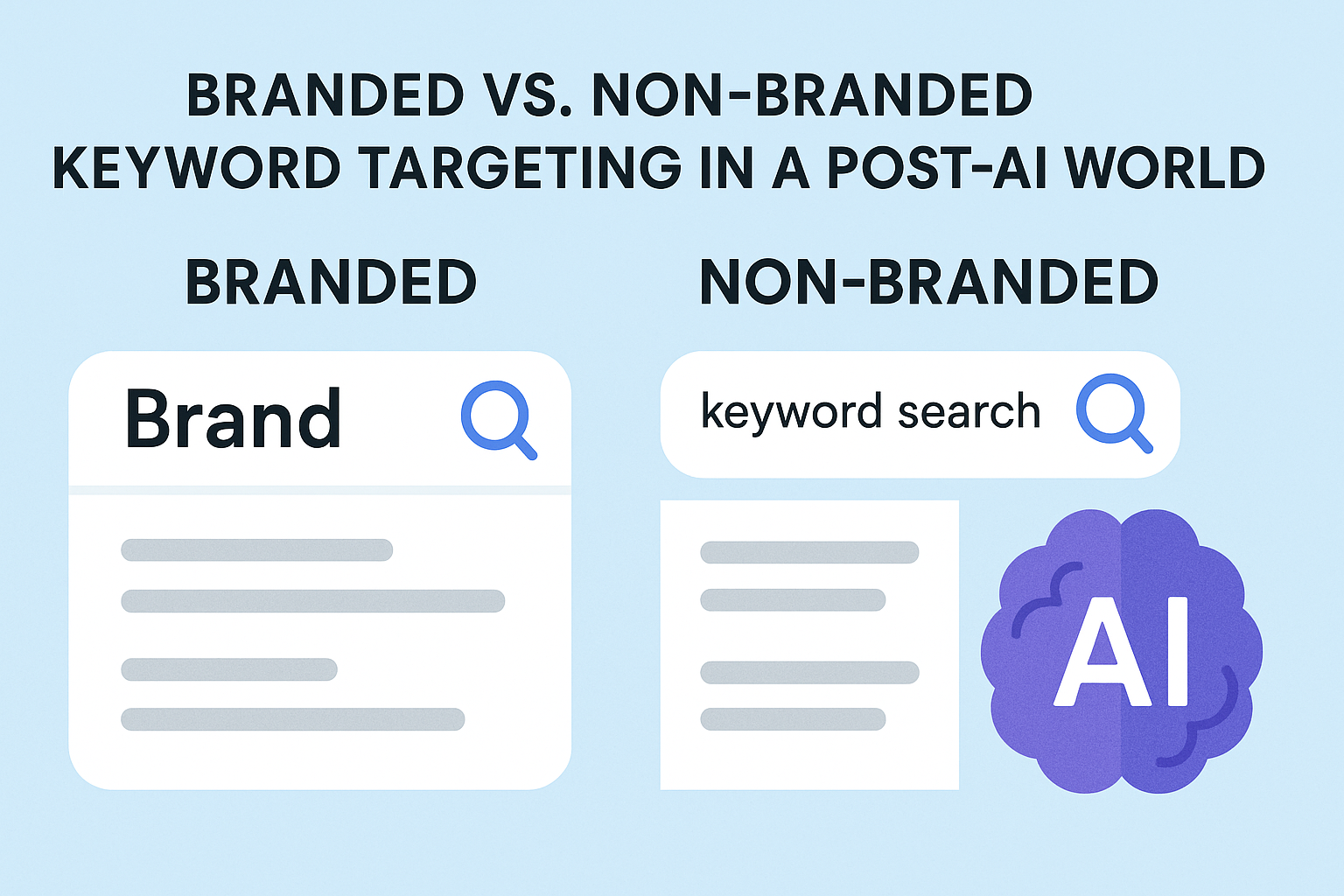Guest blogging is a powerful tool for expanding your reach, establishing authority in your niche, and building relationships with other industry influencers. However, crafting a pitch that gets accepted can sometimes be challenging. If you find your guest blog pitch rejected, it’s important not to get discouraged. Instead, view it as an opportunity to refine your approach and increase your chances of success in future attempts. Here’s a detailed guide on how to bounce back from a rejection and improve your guest blogging strategy.
Understanding Guest Blog Pitches
A guest blog pitch is essentially a proposal to create content for another blog, typically in your industry or a related field. If you’re not sure how to tailor your proposal or create engaging content, considering a professional guest posts service might be beneficial. The goal of these services is to contribute valuable content that benefits both you and the host blog by reaching a wider audience and sharing expertise.
To succeed, it’s crucial to align your pitch with the host blog’s content strategy, audience interests, and editorial standards. These guest post services specialize in crafting pitches and content that meet specific blog requirements, which can significantly enhance your chances of getting your pitch accepted
Step 1: Talk to the Website’s Owner
The first step after receiving a rejection is to contact the website’s owner or the website’s admin team. Politely ask for feedback on why your pitch was not accepted. This direct communication can provide critical insights into the rejection reasons, which could range from the relevance of the topic to the timing of your proposal.
Understanding their feedback is key to improving your next pitch. It also shows that you value their opinion and are eager to collaborate effectively. This step is not just about getting a pitch accepted but about building a relationship with the website’s admin that could lead to more opportunities in the future.
Step 2: Adjust Your Content and Tone
Often, a pitch is rejected because the topic might be too controversial, or the tone may not fit the blog’s style. If this is the case, take the feedback seriously and consider how you can adjust your approach. This might mean toning down the rhetoric, switching the angle of your article, or choosing a completely different topic.
Before resubmitting your pitch, verify with the blog owner that your new idea aligns with their content guidelines and audience expectations. Adapting your content to fit the host blog is crucial for avoiding repeated rejections and increasing your chances of approval.
Step 3: Collaborate on Topic Selection
Another effective strategy is to ask the blog owner for topics they are interested in covering. This collaborative approach not only ensures that your content fits perfectly within their strategy but also demonstrates your flexibility and commitment to providing value.
Getting direct input from the blog owner can greatly simplify the pitching process and increase your likelihood of success, as you will be writing on a topic already vetted and needed by the host blog.
Step 4: Utilize Audience Feedback
Engaging directly with the blog’s audience can provide valuable insights into what they are interested in reading. If you polled them on social media or conducted surveys directly on the blog, use this data to inform your pitch. This approach demonstrates to the blog owner that your content is aligned with the interests of their readership and has the potential to engage effectively.
Showing that your topic has audience support, especially if you polled them on social media, can significantly strengthen your pitch. This evidence of reader interest can lead to a more favorable review by the blog owner, enhancing your chances of getting your guest post accepted.
Step 5: Highlight the Benefits
When re-pitching, clearly outline the benefits of your guest post for the host blog. Explain how your content will attract more readers, enhance their content diversity, or offer valuable expertise in a specific area. Making the benefits explicit can make your pitch more compelling and difficult to reject.
Step 6: Offer Samples of Your Work
Including samples of your previous work can significantly bolster your pitch. It provides tangible evidence of your writing quality and style, helping the blog owner visualize what type of content you will produce. If your samples align well with the blog’s quality and style, it could sway the decision in your favor.
Building Long-Term Relationships
Fostering a long-term relationship with the blog owner can be beneficial. Regularly interact with their content, offer insightful comments, and share their posts on social media. Demonstrating your interest and commitment to their blog can make future pitches easier and more likely to be accepted.
Learn from Each Experience
Every rejection offers a learning opportunity. Reflect on each experience, identify what you can improve, and continuously refine your guest blogging strategy. Persistence and adaptability are key to overcoming challenges and becoming successful in guest blogging.
By following these steps, you can transform a rejected guest blog pitch into a successful partnership and enhance your overall guest blogging strategy. Remember, the key is to learn, adapt, and persist. Each interaction is a step toward perfecting your approach and achieving your guest blogging goals.

The Search Engine Cage team is on a mission to educate entrepreneurs. We make things easier for the small business owner, by writing articles that help them to understand SEO and Digital Marketing.







